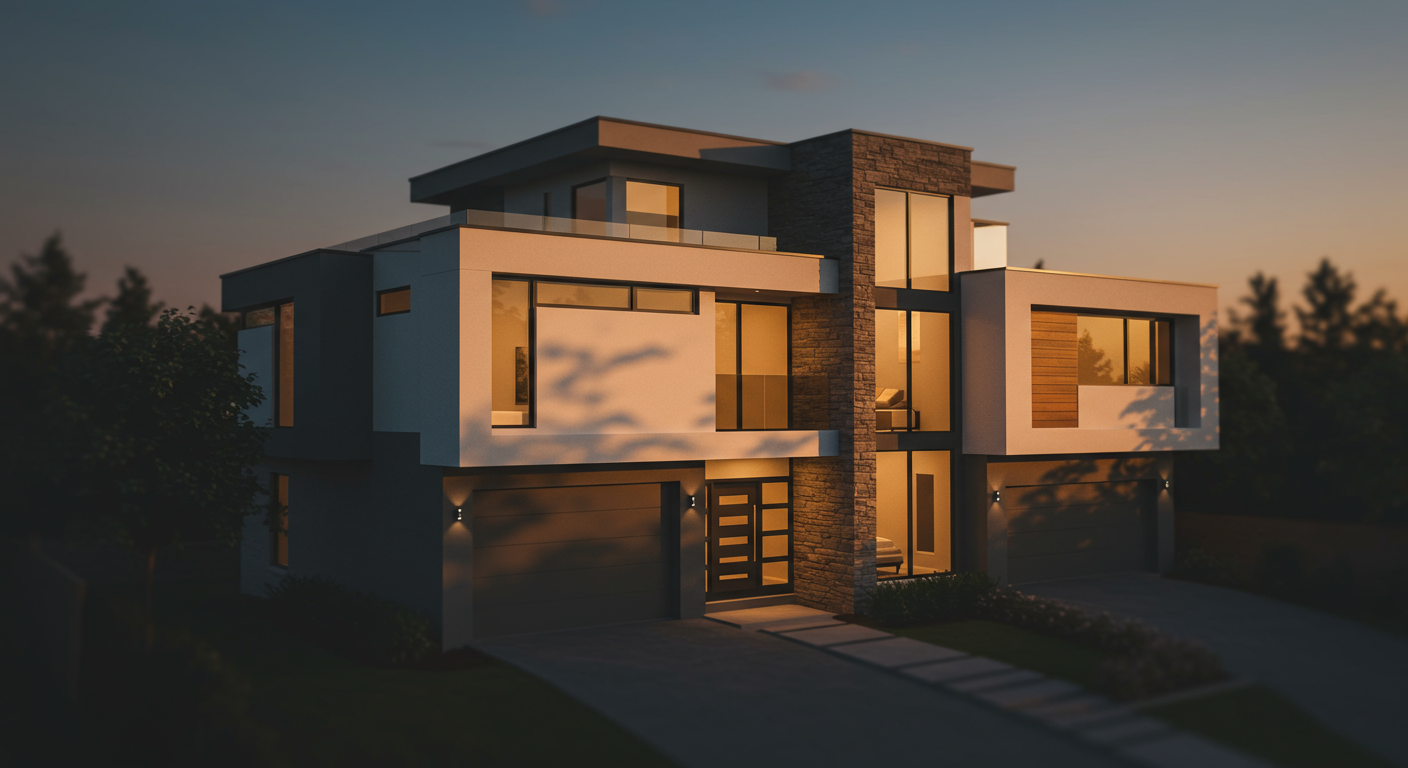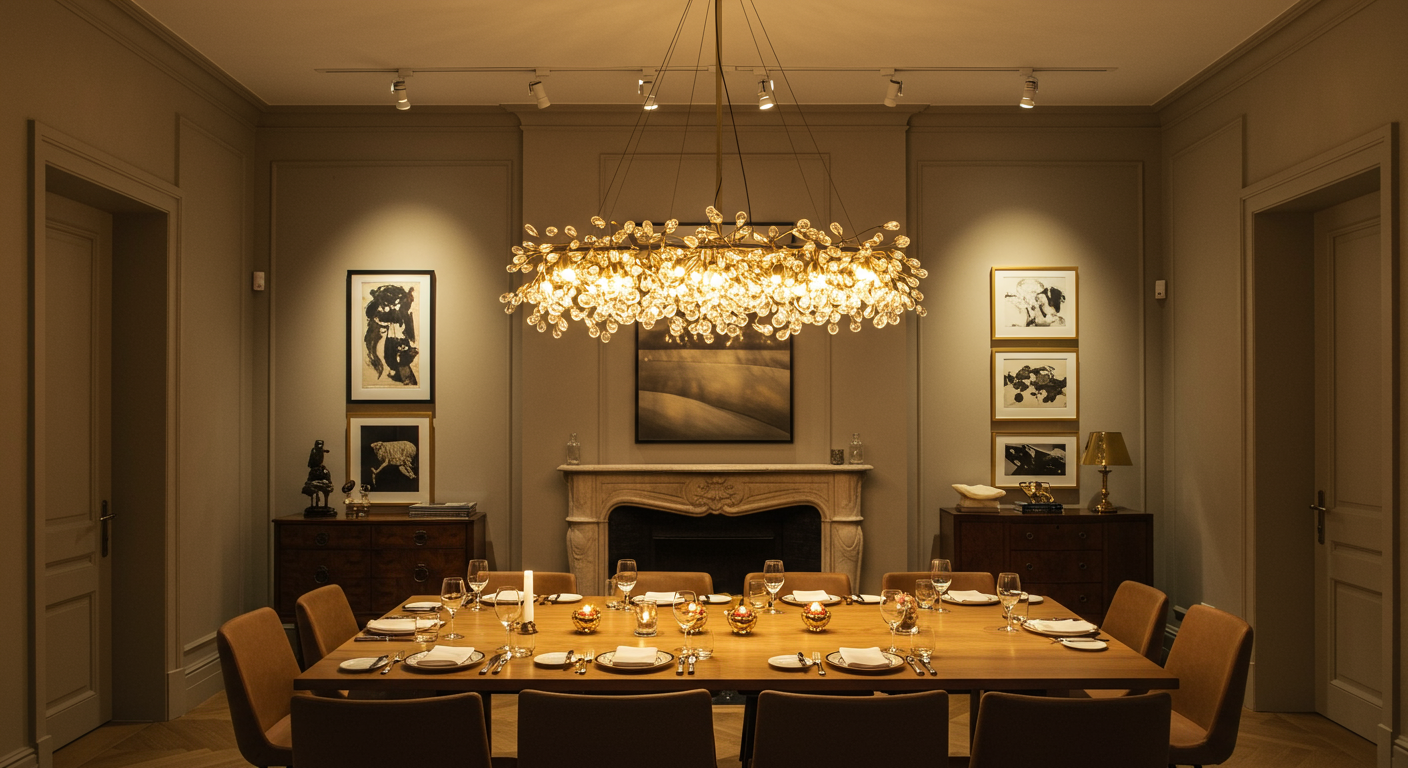Lighting is one of the most powerful tools in interior design, capable of transforming a space from dull and lifeless to warm and inviting. Yet, mastering home lighting often feels like chasing shadows—elusive, subtle, and sometimes misunderstood. In this blog post, we’ll explore how to harness the art and science of lighting to create a home that not only looks beautiful but feels just right.

Understanding the Role of Light
Light affects everything: mood, perception of space, and even our energy levels. Natural light is ideal, but its availability varies throughout the day and across seasons. That’s why artificial lighting is crucial for maintaining balance and ambiance in your home.
Before diving into fixtures and bulbs, consider the following lighting types:
- Ambient Lighting: This is the general light that fills the room, providing overall illumination. It’s your base layer.
- Task Lighting: Focused light for specific activities like reading, cooking, or working.
- Accent Lighting: Used to highlight architectural features, artwork, or decor elements.
- Decorative Lighting: Fixtures that serve as design statements, adding character beyond their function.
Layering Light for Depth and Warmth
The secret to mastering home lighting lies in layering these different types of light. A single overhead fixture rarely suffices. Instead, combine ceiling lights with floor lamps, table lamps, and wall sconces. This layering creates depth, eliminates harsh shadows, and allows you to adjust the mood depending on the time of day or occasion.
Choosing the Right Bulbs
Bulbs come in various colors and temperatures. The color temperature (measured in Kelvins) greatly influences the ambiance:
- Warm White (2700K-3000K): Cozy and inviting, perfect for living rooms and bedrooms.
- Cool White (3500K-4100K): Clean and bright, ideal for kitchens and bathrooms.
- Daylight (5000K-6500K): Crisp and energizing, suited for workspaces.
Don’t forget to check the brightness (lumens) to ensure your lighting meets the needs of each space.
Smart Lighting Solutions
Technology has revolutionized how we interact with light. Smart bulbs and lighting systems offer control at your fingertips—adjusting brightness, color, and even scheduling changes throughout the day. This not only enhances convenience but also helps save energy.
Practical Tips to Start Chasing Shadows
- Assess your current lighting: Identify areas that feel too dark or overly bright.
- Use dimmers: They provide flexibility to change moods without changing bulbs.
- Highlight key features: Use accent lighting to bring attention to artwork or architectural details.
- Incorporate mirrors: They reflect light and make rooms appear larger and brighter.
- Consider natural light: Use sheer curtains or blinds to maximize daylight.
Conclusion
Mastering home lighting is about more than just illumination—it’s about creating an atmosphere where you feel comfortable, energized, and inspired. By understanding the layers of light, choosing the right bulbs, and embracing smart technology, you can finally stop chasing shadows and start shaping your perfect home environment.
Illuminate thoughtfully, and watch your spaces come alive.




